This blog post will discuss the newest technological trends predicted to influence the future and change how we work, communicate, and think. We also look at new trends reshaping technology use, such as 5G Networks, Quantum Computing, and Edge Computing. We will also discuss the opportunities and challenges these tech trends pose to businesses and individuals.
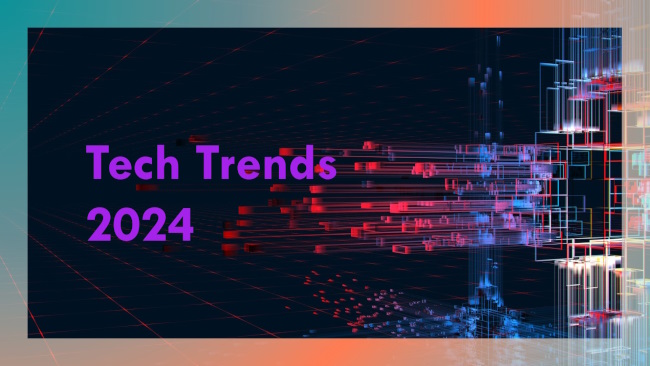
Recent years have seen an exceptional rate of technological advancement, and 2024 is predicted to offer even more fascinating innovations. From Artificial Intelligence and Blockchain to 5G Networks and Quantum Computing, the tech industry constantly evolves and changes how we work, learn, and interact. With our progress, the technology industry evolves, and there are always new and exciting developments to watch.
Hence, this is a must-read if you are an IT professional, an entrepreneur, or simply interested in keeping up with recent technological advancements. So, get ready to explore the latest tech trends shaping our future and discover how they will likely impact our lives.
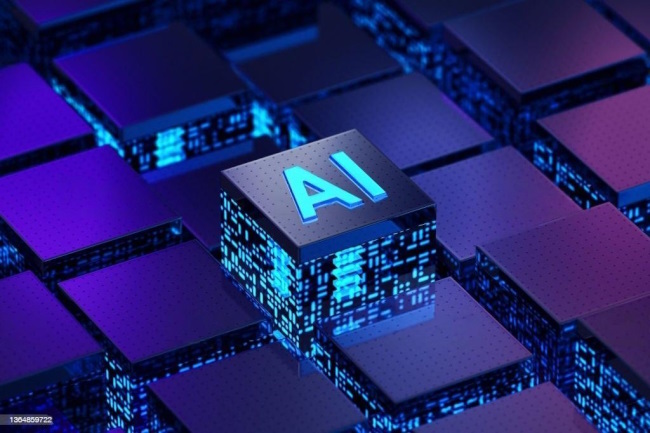
AI Everywhere
Artificial Intelligence (AI) is rapidly advancing and is expected to continue throughout 2024. One of the most notable trends in AI for 2024 is its integration into a wide range of products and services. AI examines the data gathered from the massive network of interconnected devices made happen by the Internet of Things (IoT) expansion. This makes management and decision-making procedures across various industries, such as healthcare, transportation, and agriculture, more effective.
Another trend in AI is the progressive use of chatbots and virtual assistants. These AI-powered tools are becoming increasingly sophisticated, and businesses are adopting them to interact with customers more effectively. Chatbots and virtual assistants are also being used to streamline internal processes in many organizations.
In 2024, AI is also expected to impact the workforce significantly. AI-powered automation is becoming increasingly common, allowing for more efficient and cost-effective operations. However, there are concerns about the impact of AI on jobs, and there is a growing need for new skills and retraining of workers to keep up with the changes.
Additionally, AI is being used to enhance users’ personalized experiences. This includes everything from personalized product recommendations to tailored learning paths in education. With the growth of AI, there is great potential to improve many aspects of modern life, from Healthcare to Education and Business. These trends in AI in 2024 are shaping the future of technology and will continue to impact our lives in significant ways.

Metaverse Will Become Real
It is becoming more like a limelight that elements of the Metaverse are starting to take on a physical existence as 2024 progresses. The “Metaverse” is a fully immersive future virtual environment that functions as an internet extension. It is predicted to have a massive impact on everything from social interactions to e-commerce and entertainment.
The gaming world is one area where the Metaverse is already starting to become real. Virtual gaming environments are already extremely well-liked and getting more sophisticated every year. In 2024, we can expect further advancements in virtual reality technology to make gaming in the Metaverse more immersive and realistic.
In addition to gaming, the Metaverse is also expected to impact other areas, such as Education and Training. Virtual classrooms are beginning to emerge, allowing students to attend lectures and classes from anywhere in the world. Simulating real-world scenarios for training purposes, such as emergency response simulations, is also possible.
Overall, the concept of the Metaverse is rapidly becoming a reality, even though it might have seemed science fiction a few years ago. In 2024, we foresee further advancements in this field as more industries and individuals explore the potential of this emerging technology.

Progress in Web3
Web3 technology refers to the decentralized internet and the tools and protocols that enable it. We anticipate significant advancements in creating and using these technologies in 2024. One of the critical areas of development for Web3 is anticipated to be Decentralized Finance (DeFi). This industry has grown significantly in recent years, and more decentralized financial goods and services are likely to be developed.
Another area where we can expect progress in Web3 is developing Decentralized applications (dApps). A single entity does not govern these networks of decentralized applications. In 2024, we can expect to see dApps becoming more mainstream, with more developers and companies building them.
As more companies and individuals adopt Web3 technologies, the need for seamless interoperability between different networks has become increasingly important. Interoperability between different Web3 and Blockchain networks will also improve in 2024. As expected, more tools and protocols will be created to support this interoperability.
Finally, Web3 is expected to impact digital identity and privacy majorly. Decentralized identity solutions are already being developed, and we can expect to see more progress in this area. With data privacy and security concerns growing, Web3 technologies could be essential in providing more secure and private online experiences.
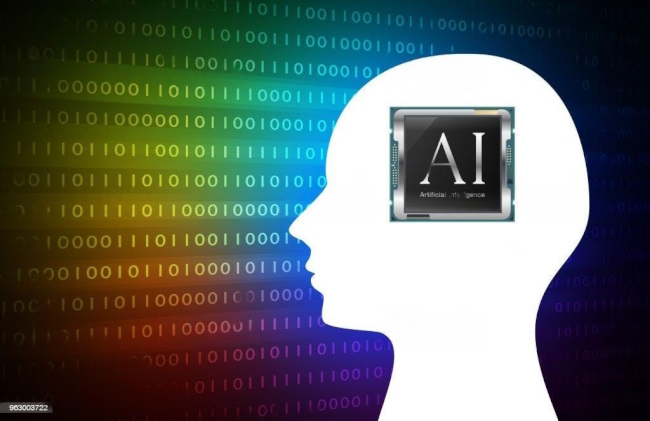
No-code AI
No-code AI is a term that refers to the use of software tools and platforms that allow individuals or organizations to create AI models and applications without the need for any significant programming knowledge. This technology has grown in popularity and is expected to be even more prevalent in 2024.
Read More: Popular AI Programming Languages To Design AI Apps
The primary aim of no-code AI is to democratize the process of building and integrating AI into business processes, making it more accessible to non-technical people. There will be more accessible and user-friendly tools, pre-built models, and Application Programming Interfaces (APIs) that will help to integrate machine learning models into existing applications more efficiently.
One area in which no-code AI could show significant progress is in the field of Natural Language Processing (NLP). NLP could make great strides in improving the accuracy of AI models to analyze and understand human language. This could help create more accurate and valuable AI applications capable of understanding the complexities of human conversation and interaction.
Organizations may also use the technology to streamline operations, improve decision-making, and automate routine tasks. However, while no-code AI offers many benefits, some experts have expressed concerns about how these new technologies could affect employment.
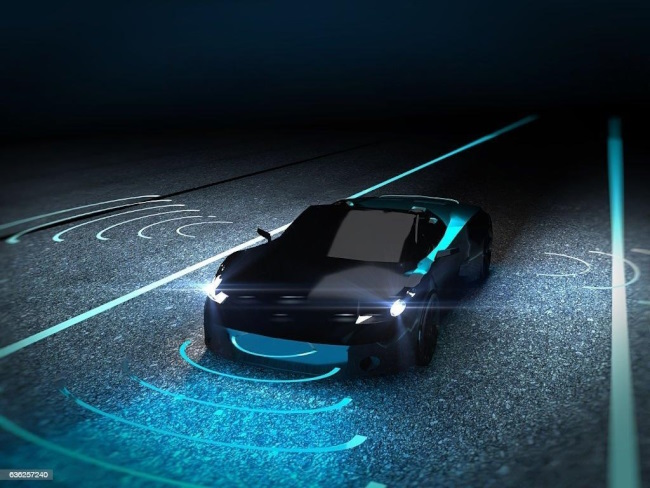
Autonomous Vehicles
Autonomous vehicles – also known as self-driving cars – are another exciting area of development in technology. Autonomous vehicles rely on a complex network of sensors and algorithms to navigate roads, avoid obstacles, and interpret traffic signals. While autonomous vehicles are still in the testing phase, significant progress is expected in 2024, with companies likely to collaborate to bring more efficient and safer autonomous vehicles to market.
Electric and hybrid vehicles are now becoming more prevalent and preferred worldwide, while they are also being designed to operate fully autonomously. Additionally, governments and regulatory bodies are closely monitoring the development of autonomous vehicles to ensure they are safe and secure. In the years ahead, we will see more guidelines and rules emerging to regulate the technology’s use and operation.

Quantum Computing
In 2024, Quantum Computing is expected to show significant progress in its development and application. It is an advanced technology that uses quantum mechanics principles to process information. Quantum computing, which uses qubits rather than the bits used in classical computing, can exist in several states at once. And enable algorithms to be completed considerably quicker and solve complicated tasks tenfold faster.
Quantum computing’s processing power can significantly benefit many industries, such as Finance, Healthcare, and Material Science. By using quantum computing to optimize complex calculations, predictions, and data analysis, businesses can achieve greater precision and accuracy in their decisions, drive innovations, and develop new technologies.
However, quantum computing’s development is faced with several challenges. The physical technology challenges in maintaining the stability of qubits, the limited number of qubits available, and the need for capable algorithms that can harness the benefits of quantum computing are just a few of them.
New developments and innovations are expected to help address these challenges in 2024. And drive the rise of quantum computing to become a viable commercial technology and open doors to a wide range of scientific and industrial applications.
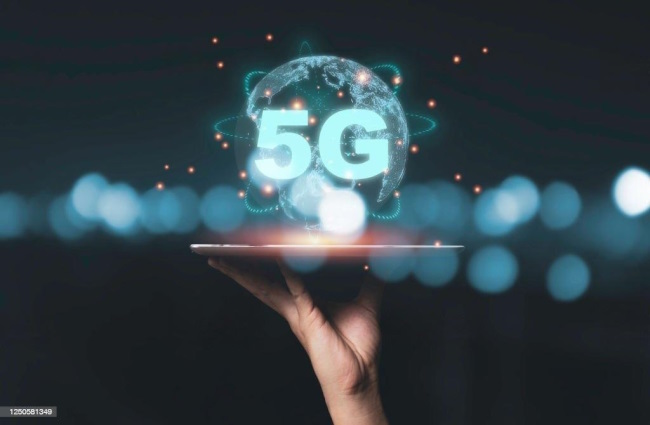
5G Rollout
5G is a new generation of wireless network technology expected to become pervasive in 2024. 5G’s potential is vast, making it possible to transform almost every aspect of society, from Transportation and Healthcare to Manufacturing and Education. It promises to offer faster speeds, lower latency, more bandwidth, and excellent connectivity than prior generations of wireless networks, with an estimated speed of up to 20 gigabits per second.
With higher network connectivity and low latency, this technology can provide more efficient access to data, enhancing communication abilities and improving security due to its encryption capabilities. 5G rollouts have already begun worldwide, and the tech is expected to be largely adopted in large metropolitan areas and industrial and commercial centers.

More Sustainable Technology
Creating more sustainable technologies is more crucial than ever as we struggle to cope with the repercussions of climate change. We may anticipate further advancements in the creation of technology that aim to eliminate waste and lower energy usage in 2024.
One area where we can see significant progress is developing renewable energy sources. The increase in solar and wind energy in recent years has been substantial, and this development will continue. Also, we can expect improvements in the efficiency and affordability of renewable energy sources and further research into new forms of renewable energy.
Another area of focus will be the development of technologies that support a circular economy. This includes innovations in areas such as recycling, waste reduction, and the development of new materials that can be easily recycled. A closed-loop system with reduced waste and more effective resource use is the aim of a circular economy.
Finally, we anticipate continued progress in the development of battery storage technology. As more renewable energy sources come online, there is an increasing need for technologies that can store this energy when needed. In 2024, we can expect to see improvements in the efficiency and capacity of batteries and the development of new, more sustainable battery materials.

Blockchain
Recent years have seen a pretty good increase in the application of Blockchain technology, which is expected to continue through 2024. Supply Chain Management and financial transactions can both benefit from using the decentralized, secure ledger technology known as Blockchain.
Blockchain is projected to experience tremendous expansion in the Finance sector during the next few years. Financial transactions could become substantially more straightforward and cheaper thanks to this technology, which also has the potential to increase security and lower fraud risk. We anticipate its expansion in industries like international transfers, remittances, and peer-to-peer lending.
Another area where Blockchain is likely to see growth is in supply chain management. It can be used to trace the flow of materials and goods, ensuring security and transparency along the whole supply chain. This can reduce costs, improve efficiency, and increase trust and accountability among supply chain partners.
Blockchain is likely to see increased use in areas such as voting and identity verification. Its decentralized nature makes it the perfect choice for applications where security and dependability are essential and where openness and accountability are required.

Cybersecurity
As the world increasingly relies on technology to manage everything from Finance to Healthcare to National Defence, the importance of Cybersecurity has never been greater. In 2024, we hope to see continued efforts to improve cybersecurity and reduce the risk of cyber attacks.
One area where cybersecurity is likely to see significant progress is the development of Artificial Intelligence and Machine Learning tools for threat detection and response. These tools can help to identify potential threats before they occur. They can also automate incident response, reducing the time and resources required to respond to a cyber attack.
Another area of focus will be on developing secure hardware and software systems. This includes developing secure operating systems and applications to create certain hardware components such as chips and sensors. In addition, there will be an increased focus on developing user-friendly security solutions that make it simpler for individuals and organizations to protect themselves from cyber threats.
Finally, we can expect increased collaboration between governments, private companies, and cybersecurity experts to develop new standards and best practices for cybersecurity. This will include efforts to improve information sharing and collaboration.
Conclusion
Technology is constantly advancing and shaping our world in new and exciting ways. As well as the continuous development of technologies like 5G, Virtual Reality, and the Internet of Things, we may anticipate substantial advancements in 2024 in fields like Artificial Intelligence, Blockchain, Renewable Energy, Cybersecurity, and other related fields.
These new technologies have the potential to revolutionize industries, enhance our quality of life, and address some of the most popular issues confronting the globe today, such as Security, Healthcare reform, and Climate Change.
Keeping up with these trends and learning how to harness their power will be crucial for individuals, organizations, and society as a whole in the years to come. As we look to the future, it’s clear that technology will continue to drive innovation and shape our world in ways we can only begin to imagine.
FAQs
What is the Internet of Things (IoT)?
It is a network of actual physical objects, such as machinery, vehicles, home appliances, and other objects, that include sensors, software, connectivity, and other elements that enable them to communicate and share data.
What is the impact of AI on employment?
AI is expected to change the employment landscape significantly, with some jobs becoming automated and others requiring new skills. However, it’s also expected to create new job opportunities in fields like data analysis and AI programming.
What are the risks associated with biometric authentication?
The risks associated with biometric authentication include privacy concerns, the potential for identity theft, and the possibility of data breaches.
What are the benefits of extended reality?
The benefits of extended reality include improved learning experiences, more immersive entertainment, and new opportunities for businesses to connect with customers.
How will 5G technology impact the IoT?
5G technology will enable the IoT to become more widespread, as it provides faster speeds and lower latency. This will allow for more connected devices and more efficient data transmission.
What is the difference between AR and VR?
Augmented Reality (AR) involves adding digital elements to the real world, while Virtual Reality (VR) creates an entirely digital environment.
Author Bio
Harikrishna Kundariya, a marketer, developer, IoT, ChatBot & Blockchain savvy, designer, co-founder, Director of eSparkBiz Technologies. His 12+ years of experience enables him to provide digital solutions to new start-ups based on IoT and SaaS applications
Evolving Technology Trends to Boost Business Growth in 2024,




